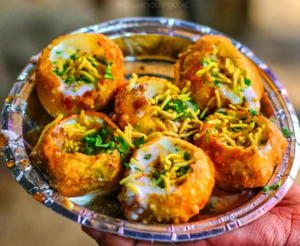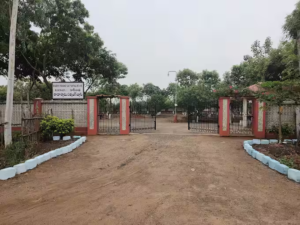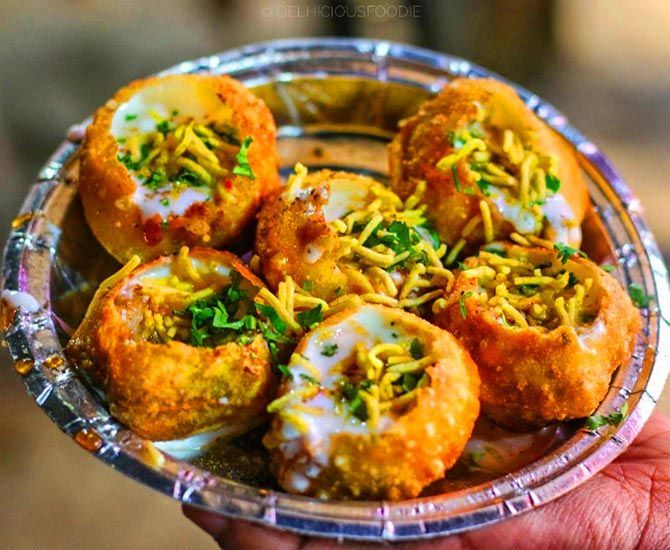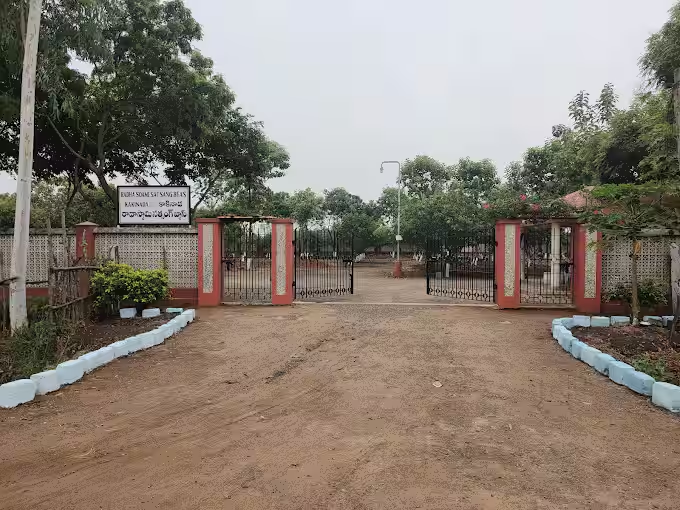Meta Description: Discover the ancient tribal traditions of India and explore where to experience them. From cultural rituals to traditional festivals, this guide unveils the hidden gems of India’s tribal heritage.
Table of Contents:
1. Introduction
2. Top Tribal Regions in India
3. Experiencing Tribal Traditions
4. Cultural Rituals and Festivals
5. Conclusion
1. Introduction
India is home to a rich tapestry of tribal communities, each with their own unique traditions, languages, and cultures. From the dense forests of the Northeast to the hills of Central India, these indigenous tribes have preserved their heritage through centuries. In this travel guide, we will explore the ancient tribal traditions of India and highlight the best places to experience them firsthand.
2. Top Tribal Regions in India
India is home to a diverse range of tribes spread across various regions. Here are some of the top tribal areas where you can explore their fascinating traditions:
• Northeastern States (Nagaland, Mizoram, Arunachal Pradesh, etc.): The Northeast is home to many indigenous tribes like the Naga, Mizo, and Apatani. These tribes are known for their elaborate traditional attires, rich folklore, and festivals like Hornbill in Nagaland.
• Chhattisgarh and Madhya Pradesh: Central India is famous for the Gond, Baiga, and Bhil tribes, who are deeply connected to nature and their ancestral customs. The tribal villages in these regions are known for their unique dance forms and art.
• Odisha (particularly Kalahandi and Koraput): Odisha is home to many tribes, including the Saora and Bonda tribes, whose traditional customs are displayed in their distinctive clothing, ornaments, and crafts.

https://images.app.goo.gl/aaiquUSa8Cbtg4mJ9
3. Experiencing Tribal Traditions
When you visit these regions, you can experience tribal traditions in several ways. Here are a few experiences you shouldn’t miss:
• Traditional Dances and Music: Many tribal communities perform intricate dance forms like the Ghoomar and Pandavani in Rajasthan, the Bihu dance in Assam, and the tribal dances in Jharkhand and Chhattisgarh.
• Tribal Craftsmanship: You can witness tribal communities’ remarkable skills in handicrafts like beadwork, pottery, weaving, and basket-making. A visit to local markets or craft villages allows you to witness these skills firsthand.
• Community Gatherings and Festivals: Attending a tribal festival is a great way to witness their vibrant traditions. Festivals like Hornbill in Nagaland, the Makar Sankranti festival in Gujarat, and the Baisakhi festival in Punjab showcase the depth of their traditions.
4. Cultural Rituals and Festivals
Many tribal communities observe spiritual and cultural rituals that date back centuries. These rituals are often tied to nature, harvest, and ancestral worship. Some of the festivals and rituals to explore include:
• Hornbill Festival (Nagaland): This week-long festival is a celebration of Naga culture, with dance performances, rituals, and feasts. It is a major event for the Naga people and a perfect way to immerse yourself in tribal traditions.
• Makar Sankranti in Gujarat: Celebrated by the tribal communities of Gujarat, this festival is marked by kite flying, folk dances, and vibrant attire.
• Kailash Yatra (Himachal Pradesh): The Kailash Yatra is a sacred pilgrimage followed by the Kullu and Lahauli tribes, who travel to the Kailash mountain to pay homage to their deity.

https://images.app.goo.gl/biKvGZWK5C8TmVhv5
5. Conclusion
India’s tribal traditions are a unique and integral part of its cultural heritage. Exploring the lifestyles, festivals, and rituals of these ancient tribes not only provides a deeper understanding of India’s diversity but also offers travelers an unforgettable journey into a world largely untouched by modernity. Whether you’re visiting the Northeast, Central India, or other tribal regions, each experience promises to be a step back in time, showcasing the beauty of indigenous cultures.









